Step by Step Guide to Perfect Ladob Dessert
11 min read Discover how to craft the perfect Ladob dessert with this simple step-by-step guide to Seychelles' cherished sweet treat. June 24, 2025 18:05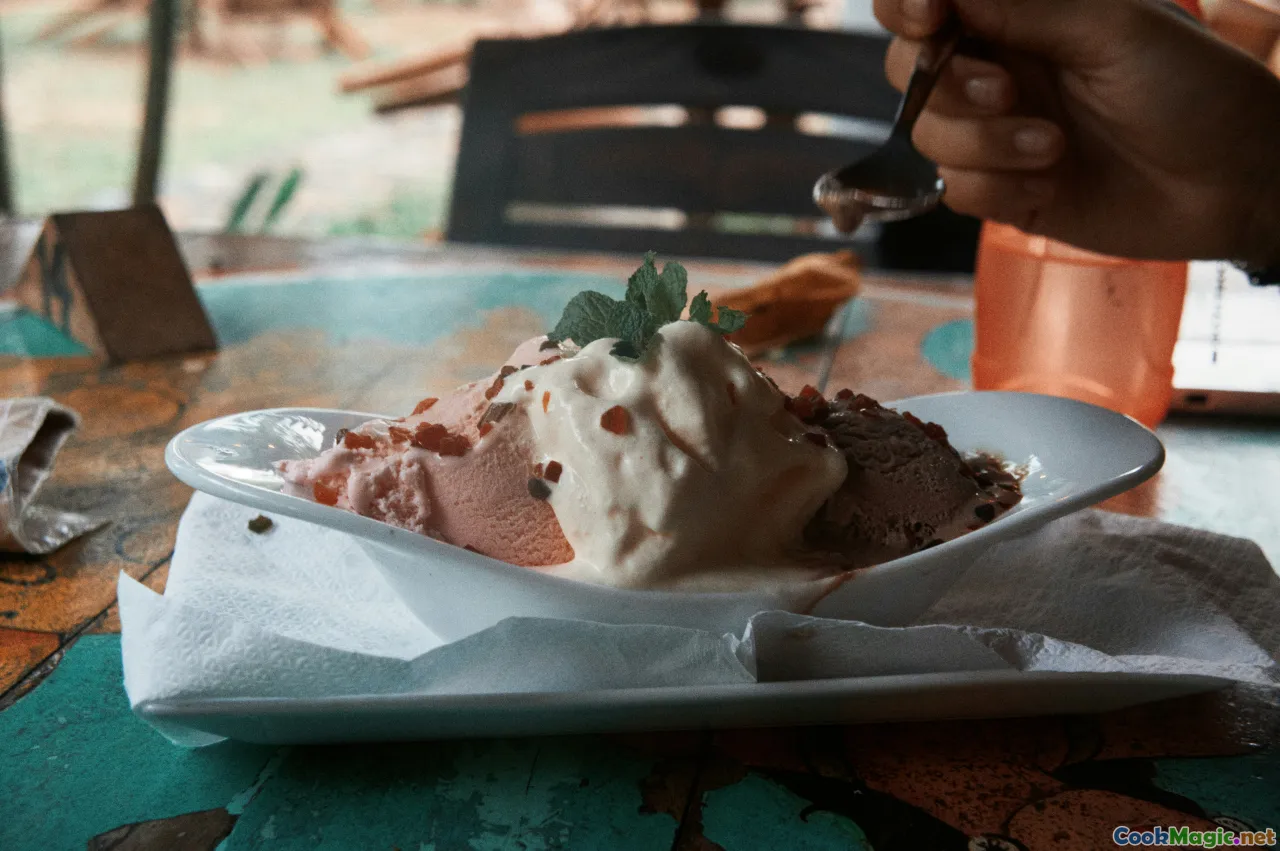
The Sweet Heritage of Seychellois Ladob
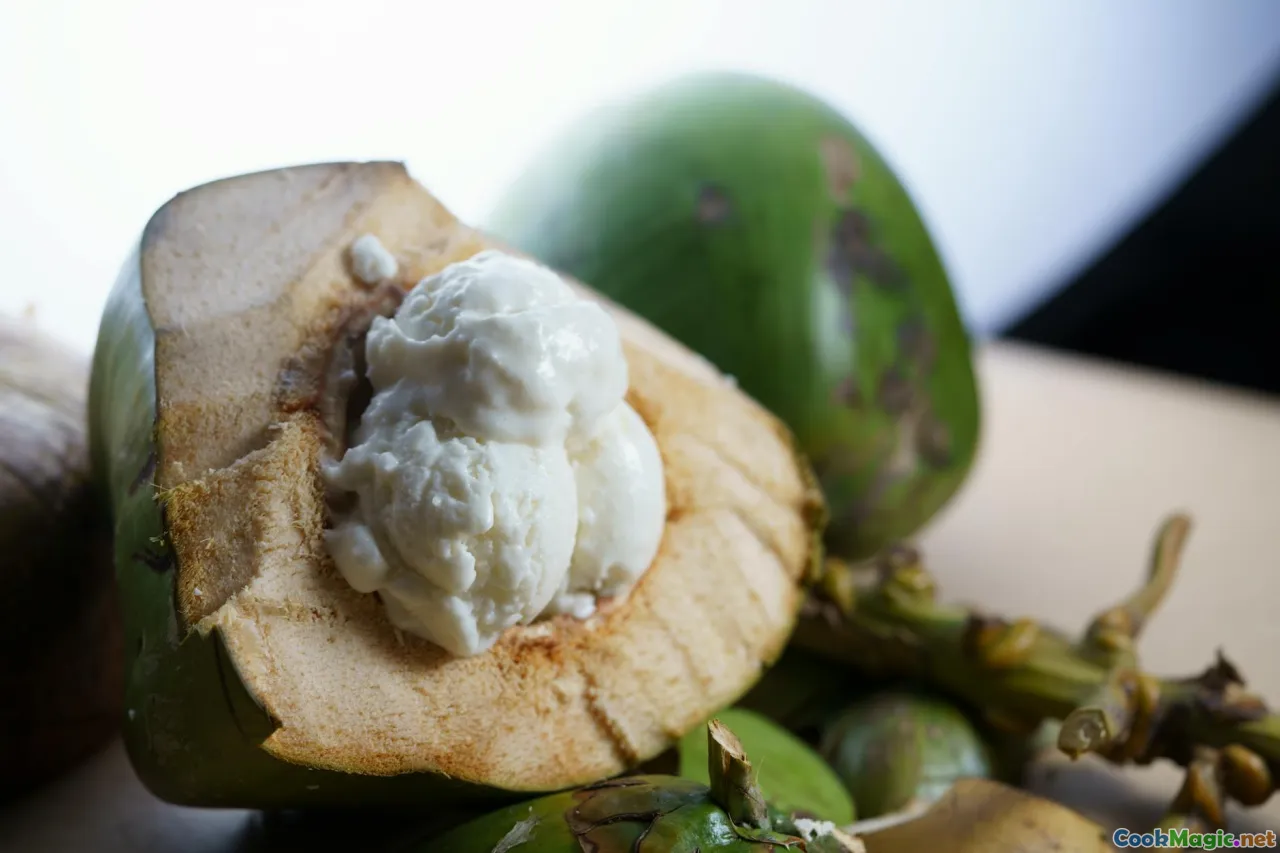
Nestled amid the azure waters of the Indian Ocean lies a culinary gem that embodies the rich tapestry of Seychelles’ history and culture: Ladob. For those fortunate enough to visit or taste it, Ladob’s sweet, fragrant aroma teases the senses, evoking memories of island life—warm sun, gentle breezes, and the simple joys of sharing good food with loved ones. This regal yet humble dessert is more than just a treat; it’s a narrative woven into the very fabric of Seychellois identity.
Ladob’s origins date back centuries, blending African, European, and Asian influences—mirroring Seychelles’ unique history as a crossroads of trade and cultural exchange. Traditionally prepared during family festivals, religious celebrations, and h stellen community gatherings, Ladob symbolizes the spirit of togetherness on these pristine islands. Today, it remains a favored dessert, both in local homes and high-end restaurants, where chefs innovate while honoring tradition.
The Essential Ingredients of Ladob

The magic of Ladob begins with its carefully curated ingredients—each lending characteristic flavor, aroma, and texture. The core ingredients are humble yet versatile tropical staples: ripe plantains, sweet potatoes, and breadfruit, gently boiled to a tender softness that yields a comforting, melting mouthfeel.
Coconut Milkis the soul of Ladob, providing a thick, fragrant base that carries the sweetness and imparts a rich, creamy texture. Freshly grated coconut or canned coconut milk can be used—each contributing its own nuance of freshness and body.Dried Fruitssuch as prunes, raisins, or sultanas add depth and subtle chewiness, balancing the sweetness with a hint of tanginess. Some recipes include dried apricots or figs for added complexity.Spices and Flavoringsare key—vanilla beans are traditional, infusing the dish with a warm, aromatic scent. A cinnamon stick or a pinch of nutmeg can enhance the fall-like spice profile.Sweeteners draw from the natural sugars of fruits and the addition of cane sugar or honey, which blend seamlessly into the coconut milk base.
Step-by-Step Guide to Making Ladob
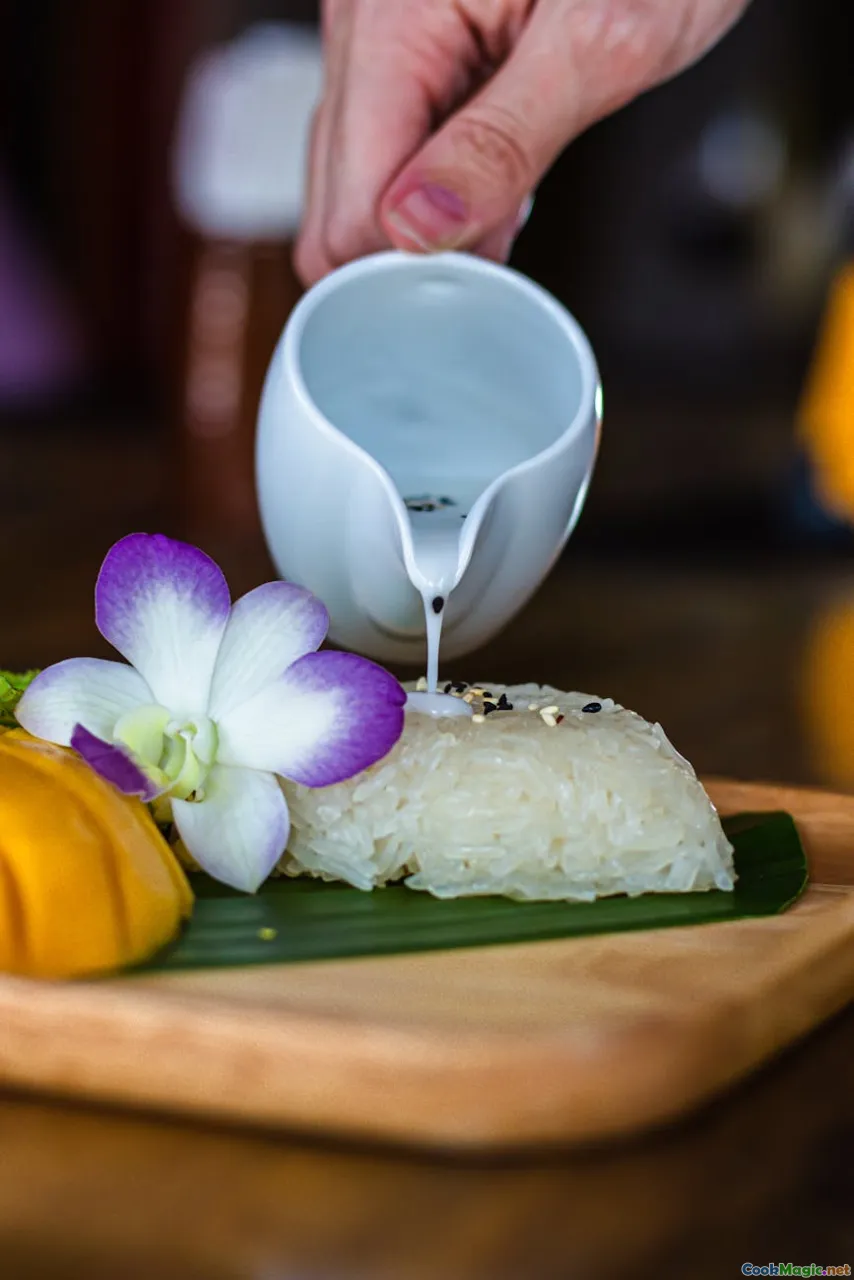
Making Ladob is a labor of love—a slow dance of patience, aromatic anticipation, and tactile gratification. Follow this detailed process to craft a dessert that embodies the very soul of Seychelles:
1. Prepare the Fruits
Start by peeling and chopping ripe plantains, sweet potatoes, and breadfruit into chunky, bite-sized pieces. Ripe fruits should be sweet and soft, yet firm enough to hold their shape. Rinse dried fruits in warm water to rehydrate and plump them, enhancing their chewiness.
2. Parboil the Base Fruits
In a large saucepan, add water and bring to a boil. Carefully place the prepared plantains, sweet potatoes, and breadfruit into boiling water. Lightly season with a pinch of salt and let simmer until just tender—about 10-15 minutes. You want them soft but not falling apart.
3. Infuse with Spices and Vanilla
In a separate pot, gently heat the coconut milk with a slit vanilla bean or a teaspoon of vanilla extract. Add a stick of cinnamon or a pinch of nutmeg if you desire a more complex aroma. Allow the flavors to meld over low heat for 5-10 minutes.
4. Combine and Sweeten
Drain the cooked fruits carefully, reserving some of the cooking water. Mix the fruits into the flavored coconut milk, stirring gently to combine. Add dried fruits at this stage, allowing them to rehydrate further and absorb the coconut and spice flavors.
Sweeten the mixture with cane sugar or honey according to your taste. For a traditional touch, use local molasses or palm sugar for a richer depth.
5. Slow Simmer
Let the entire mixture simmer on low heat for another 15-20 minutes. Stir gently and frequently—this step is crucial as it allows the flavors to explore each other fully. The mixture should thicken slightly, coating the fruits with the luscious coconut sauce.
6. Serve and Garnish
Ladob is best served warm or at room temperature, garnished with a sprinkle of grated coconut, a few dried fruits, or a dash of cinnamon. It can also be refrigerated and enjoyed cold, especially during the warm Seychellois evenings.
Variations and Modern Takes
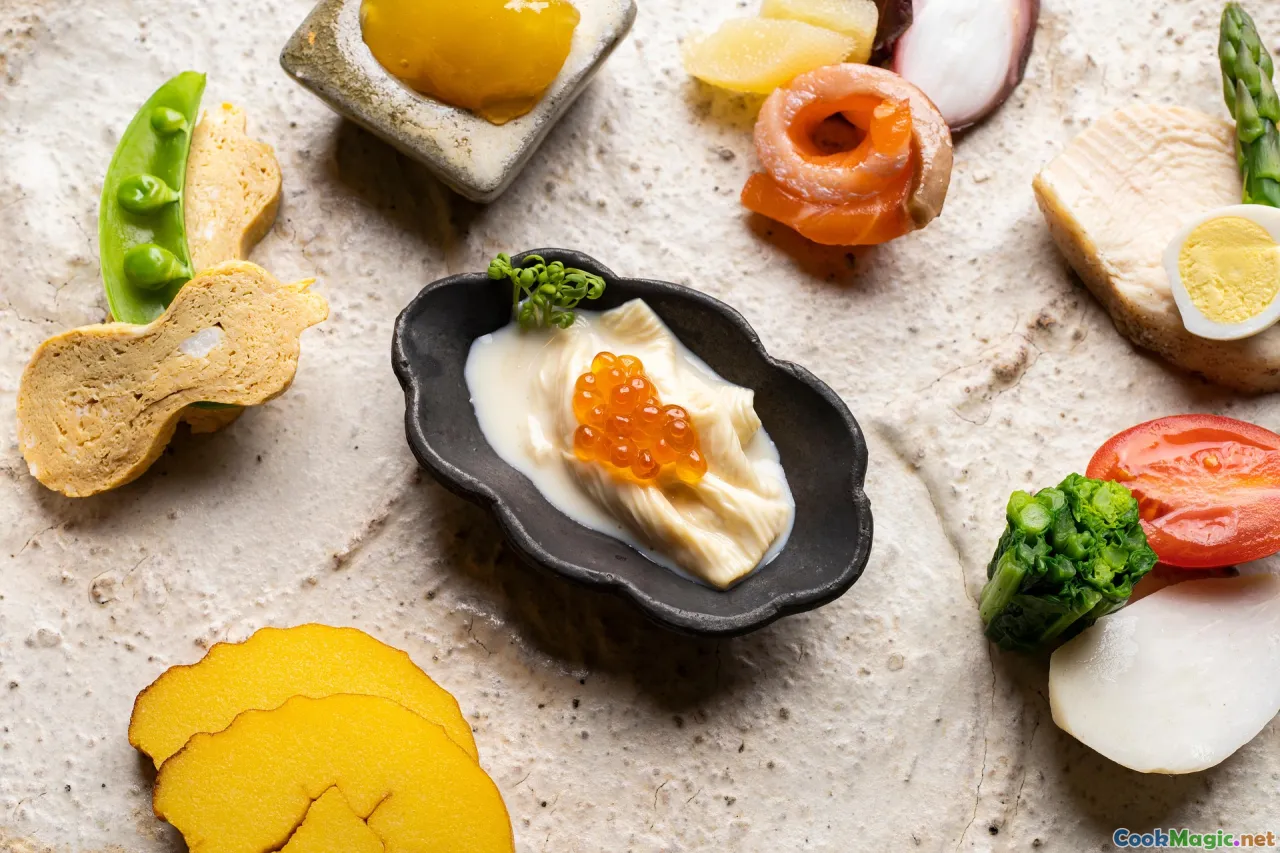
While the traditional Ladob holds its place as cultural heritage, modern chefs and home cooks have introduced variations that tantalize the palate. For instance:
- Coconut Cream Ladob: Using thick coconut cream instead of coconut milk for an even richer, more decadent dessert.
- Fruit-Infused Ladob: Incorporating seasonal tropical fruits like starfruit, papaya, or passionfruit for added freshness.
- Vegan and Gluten-Free Versions: Utilizing plant-based sweeteners and gluten-free grains like millet or cassava for alternative textures.
Presentation is also evolving—serving Ladob in halved coconut shells, banana leaves, or ornate glass bowls elevates the visual appeal, transforming a humble dessert into a fragrant piece of island art.
Cultural Significance and Sharing the Experience
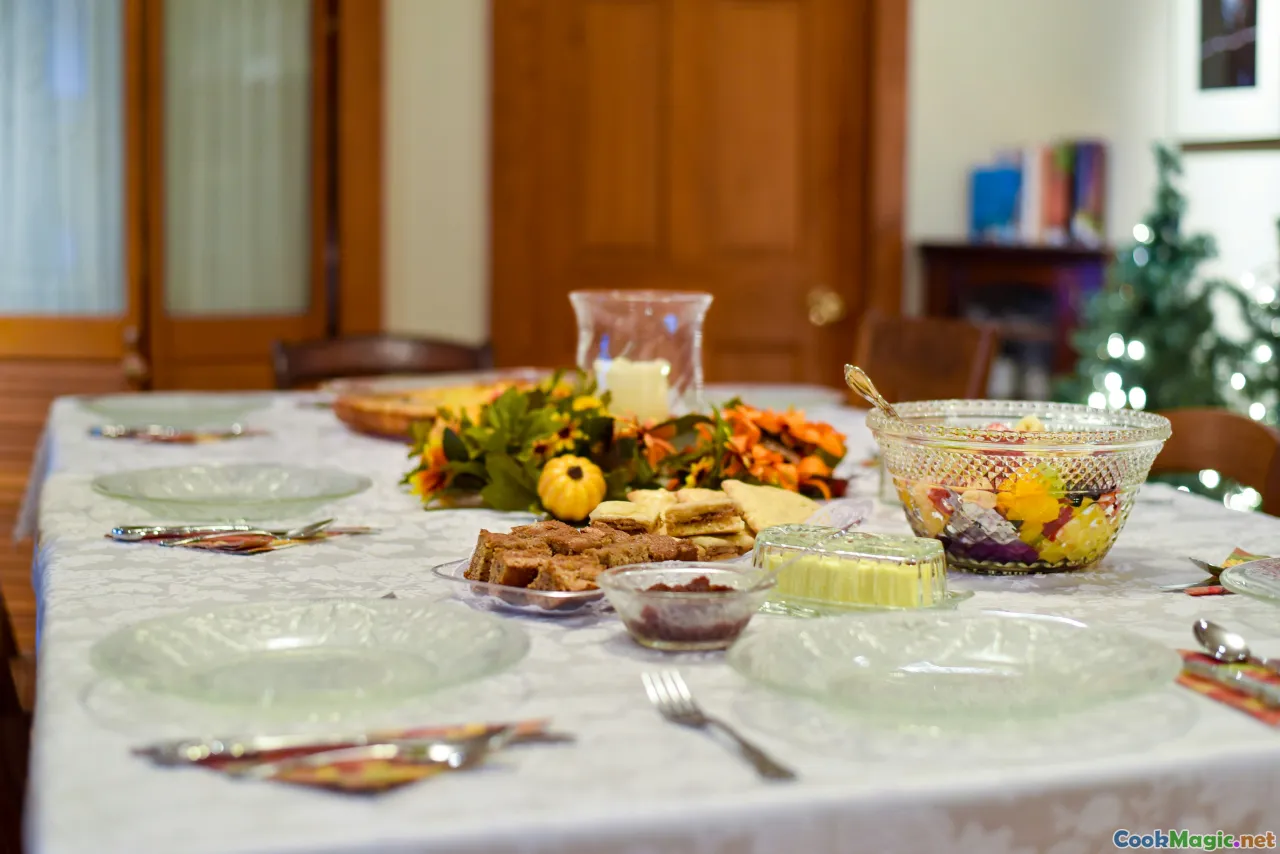
In Seychelles, Ladob isn’t just a dish; it’s an experience woven into communal traditions. Preparing Ladob often involves family members working together—a spoonful of patience from the elder, the eager hands of children adding dashes of spice. The fragrance fills the home as a storyteller narrates centuries-old stories along with the aroma.
Sharing Ladob during festivities like Independence Day, Christmas, or village gatherings strengthens bonds and celebrates Seychelles’ colorful mosaic of culture. It’s served with love, often with a side of storytelling, music, and laughter under the canopy of palm trees or on sunlit verandas.
Tips for the Perfect Ladob
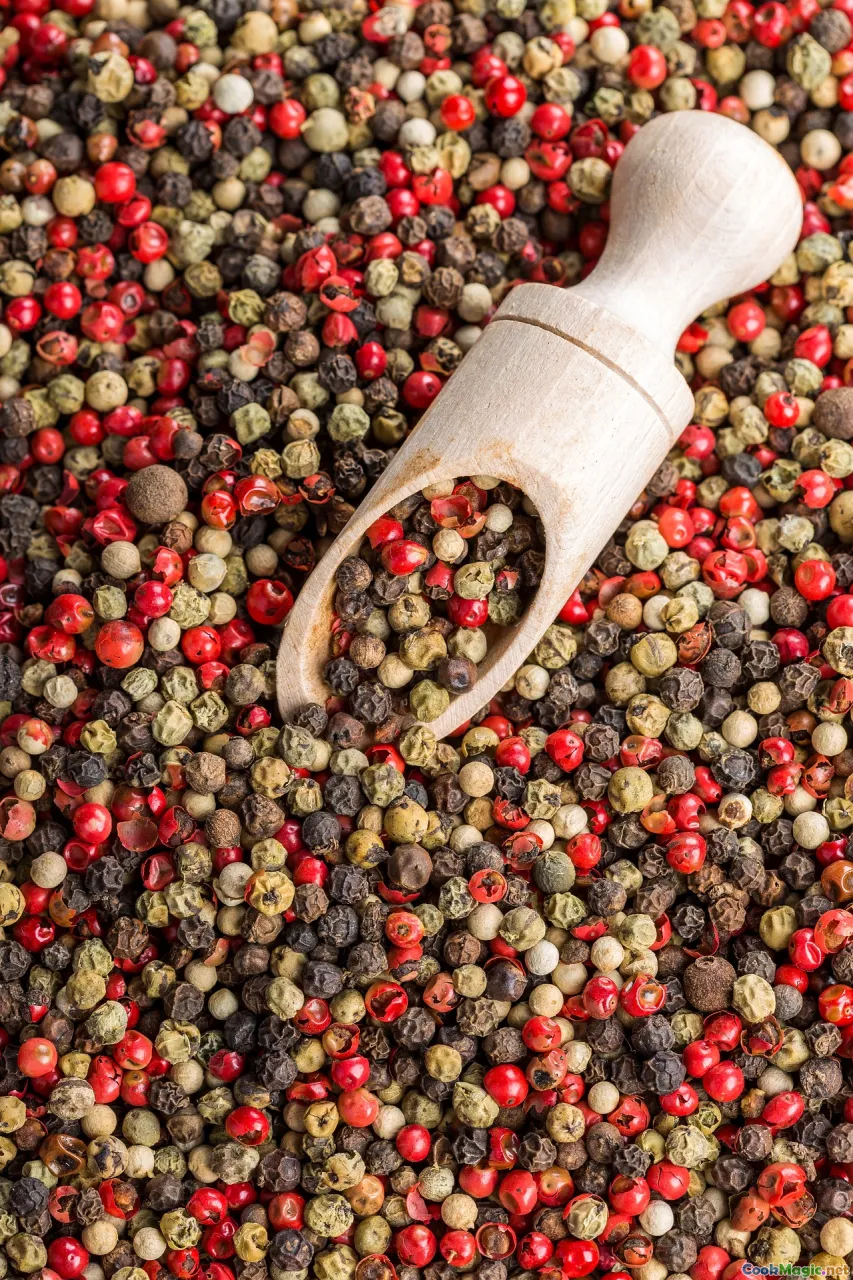
To elevate your Ladob experience, keep these tips in mind:
- Select ripe, sweet fruits: Riper fruits contribute natural sweetness and better flavor.
- Use fresh coconut milk: When possible, extract coconut milk fresh from grated coconuts for authentic richness.
- Slow cooking is key: Patience ensures flavors meld beautifully and textures remain perfect.
- Taste and adjust: Every batch will have its nuances—tweak sweetness, spice, and timing to your preference.
- Serve with love: Presentation adds to the experience—consider tropical leaves or decorative bowls.
Enchant Your Taste Buds with Seychelles’ Flavors
Ladob encapsulates the soul of Seychelles: a harmonious blend of native ingredients, centuries of tradition, and a spirit of communal sharing. It’s a dessert that sparks nostalgia and creates new memorable moments. Whether enjoyed in a modest village home or a sophisticated resort setting, Ladob invites all to partake in the island’s sweet heritage.
Next time you seek to emulate the gentle, fragrant breeze of Seychelles in your own kitchen, remember this step-by-step guide. With patience, love, and a dash of island spirit, you too can craft a Ladob that whispers stories of the sea, sun, and seychellois souls.
Enjoy the journey—and the joy of sharing this timeless desert with those you cherish.









